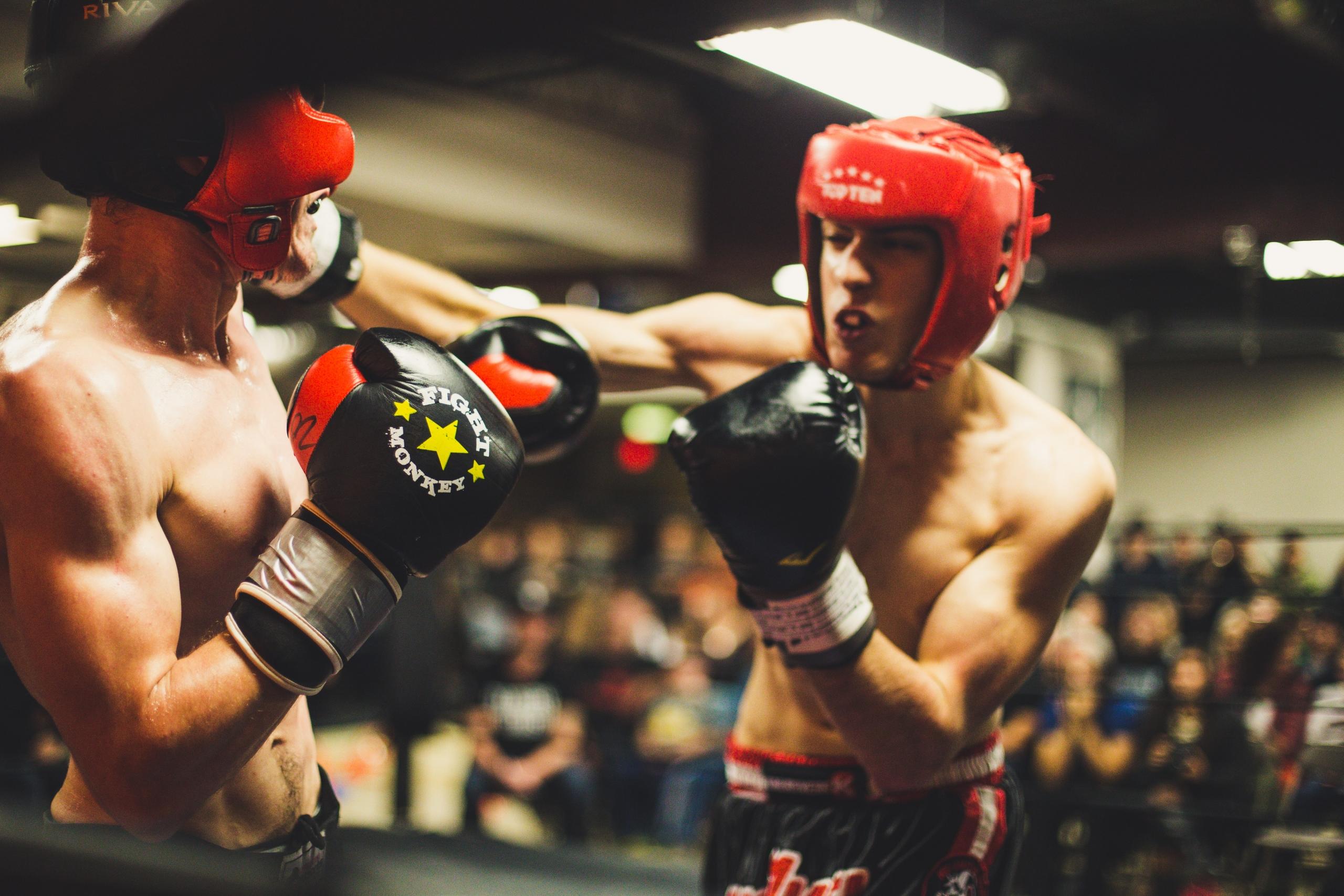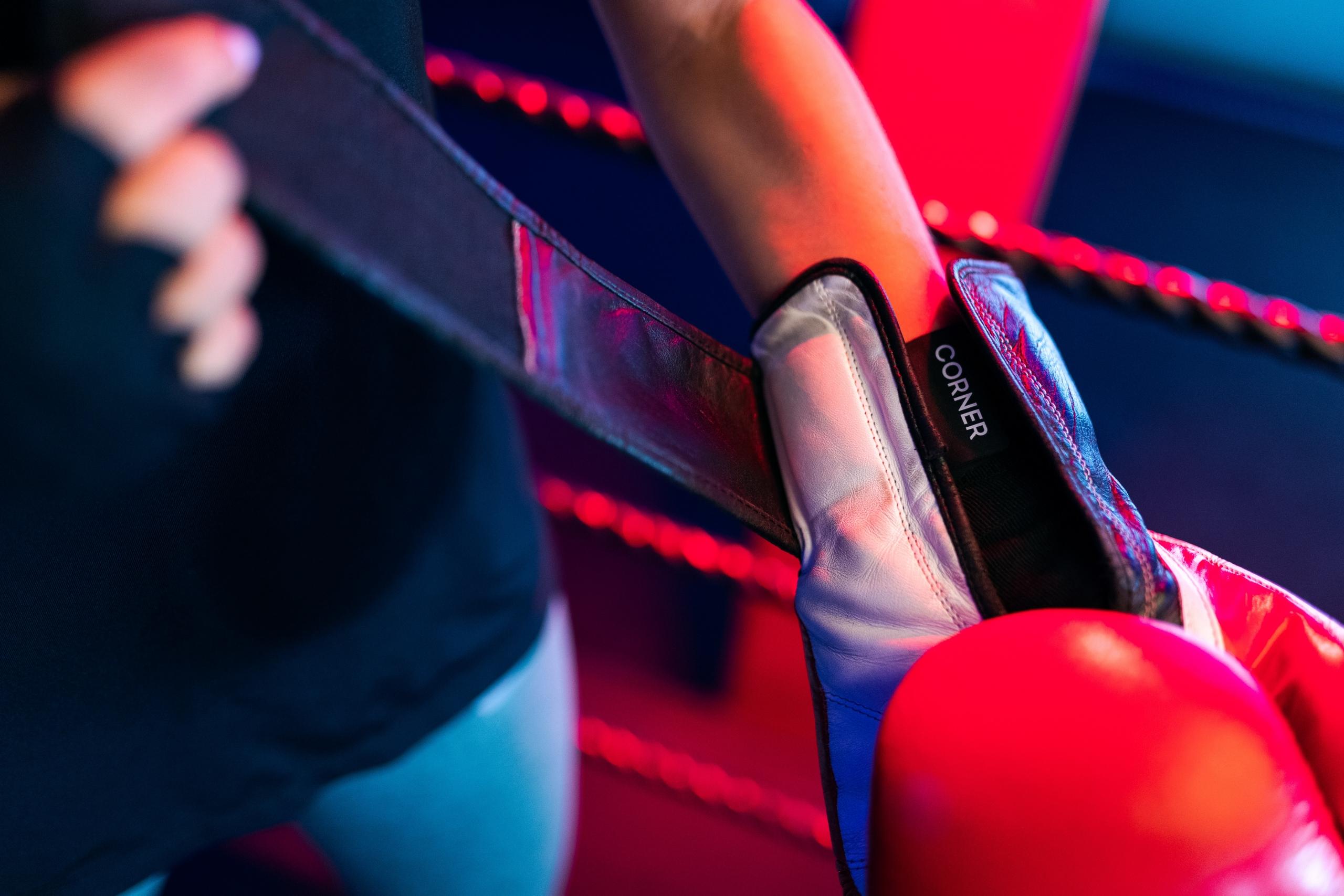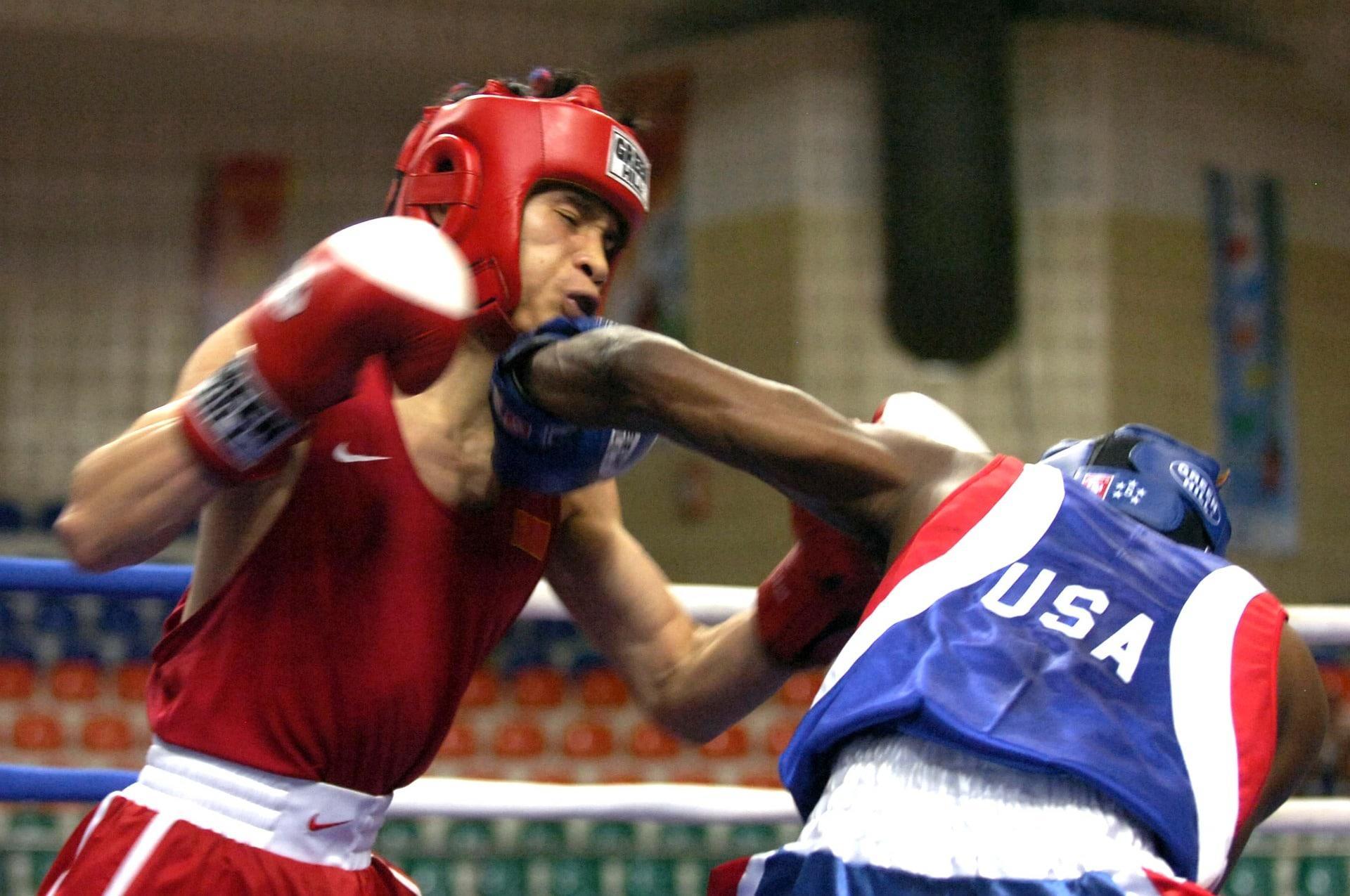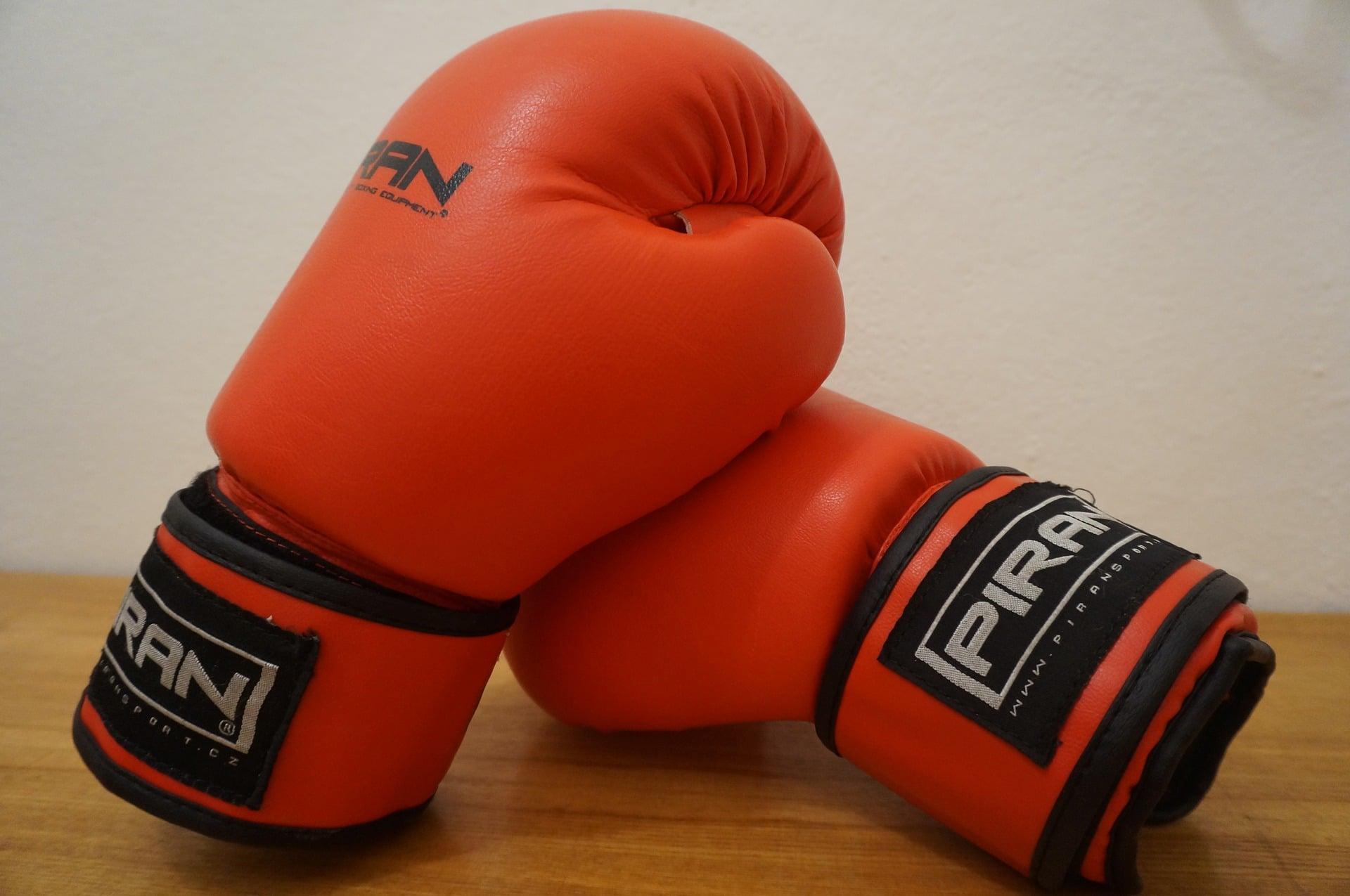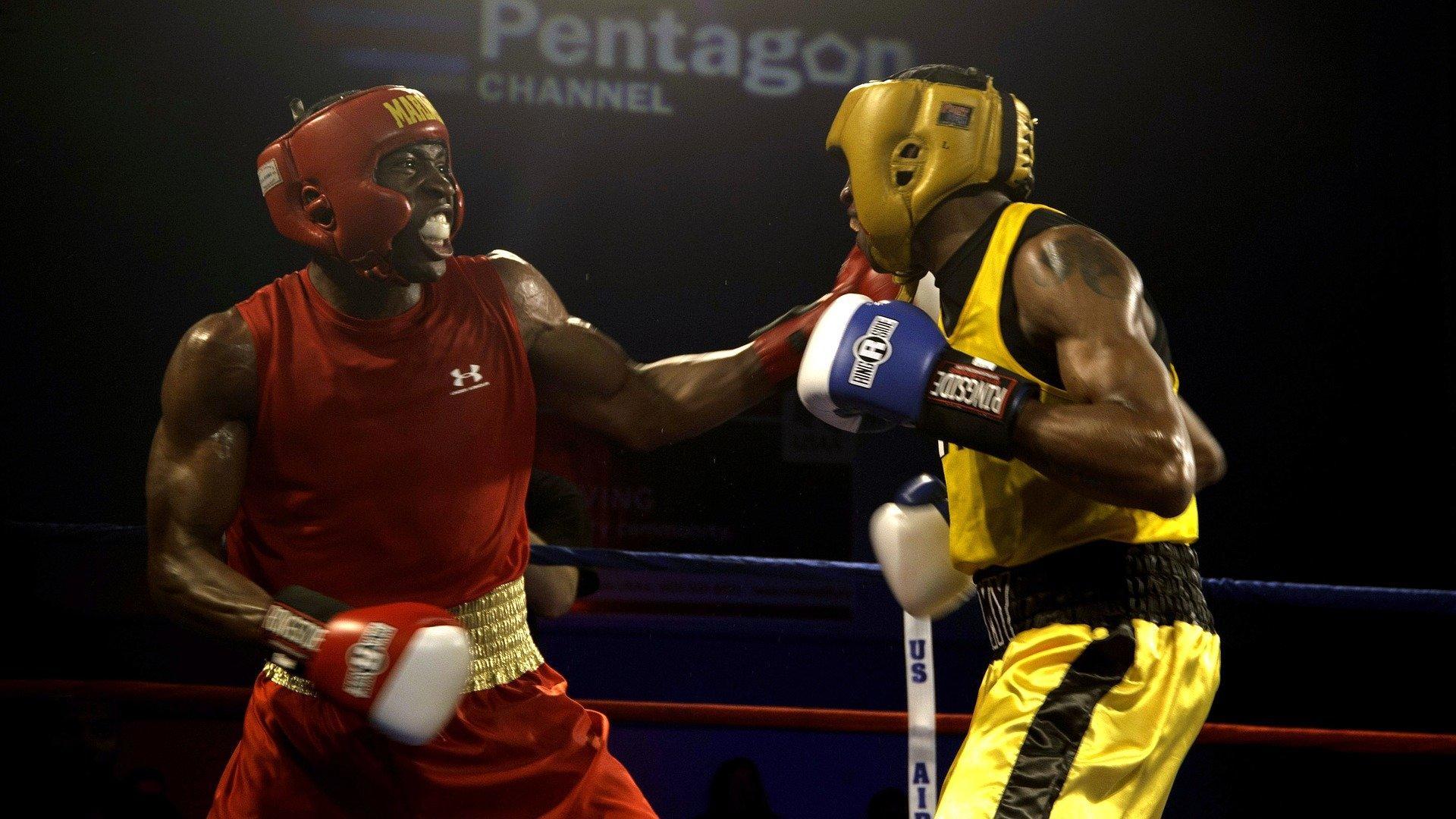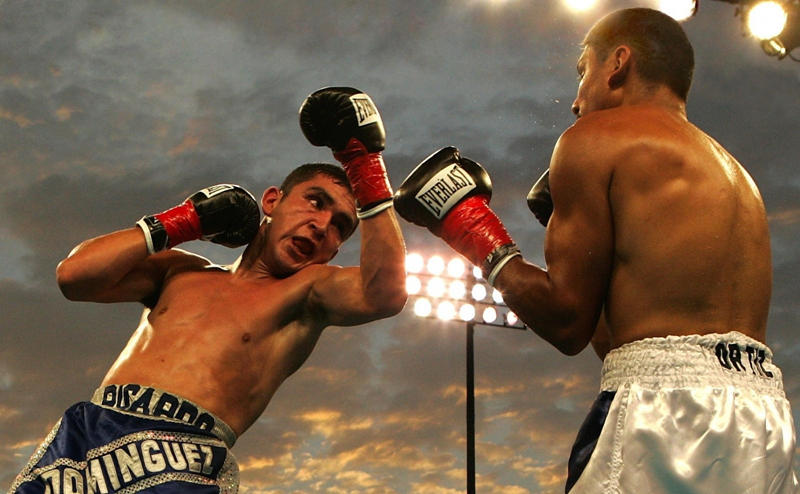Are you an enthusiastic boxing spectator? Are you one of those people who get up at all hours of the night to watch a live match? Can you talk about windmill punches and pinwheeling? Do you know which boxers hold records for knockouts?
Perhaps you know everything about boxing history as well as the modern-day greats around at the moment, but maybe you are interested in more than that. Maybe, you have your own ambitions for learning to box. And why not? Whether you aim to become the next Mike Tyson, or whether you are simply looking for a way to keep fit, the benefits of boxing are vast.
So what’s your first step, well finding a great boxing coach of course!
Want to give private lessons?
Join the Superprof community and share your knowledge with inquiring and motivated students.
Can you Take a Boxing Class at Home?
Ever since the Covid pandemic changed the world, just about anything can be learnt or done from home.
Fortunately, one of the benefits of boxing is that setting up a home gym to do so does not require too much.
It is entirely possible to set up a punching bag, invest in some gloves and find a boxing trainer who will come to your house.
Whatever your reasons, learning to box at home is possible, however, only to a point. You could perfect your fighter’s stance, skip and do weights. Besides building cardiovascular fitness and the many other benefits of boxing, if you have a punching bag and speed bag, you could be well on the way to learning the basics of boxing at home.
If you are thinking about a private boxing coach, like those on Superprof for instance, you could find that they are willing to tailor-make a boxing class for you that you could take at home. In short, learning boxing at home is very possible.
Footwork is also crucial to becoming a great boxer and will be addressed further down in this article.

Building Hand Speed
When talking about building up hand speed, the talents of Fighter Wilder should be mentioned. As someone who entered the sport as late as 20 years old, it is quite remarkable that he holds so many records. One thing he mastered was speed. Speed matters because landing multiple blows wins more fights than a boxer who is able to land that one mega punch. A good example of this is the hyped-up Mayweather-Pacquiao fight of 2015. In this match, Floyd Mayweather remained on Manny’s left side which took away the advantage of the southpaw fighter been able to deliver his famous ultra-punch.
It does not seem to make all that much sense, but a boxer does not necessarily build up their hand speed through long sessions with the speed bag. Rather, it happens when they give up their aspirations to deliver powerful blows. The reason for this is that when you aim to deliver with power, your muscles will tend to tense up to a much higher level than if you were going for speed. If you understand physics you will know that anything heavy and hard actually takes more time and work. By contrast, if you want to move something with lightness and ease, doing it with speed is the answer.
This is why the advice of a private boxing coach would be to show you how to loosen up as much as possible. This can mean unbunching your shoulders, unclenching your biceps and even loosening your core. The next step to achieving speed would be to begin throwing light, quick, jabs. As you do this, your upper body will begin to feel more loose and ready to move. The more you practise, the easier it will become to switch between speedy jabs and powerful delivery. Bear in mind that it is important to try and master both as you will need both of these skills in the ring. Unfortunately, many boxers place too much emphasis on power as opposed to mastering hand speed, which is just as important.
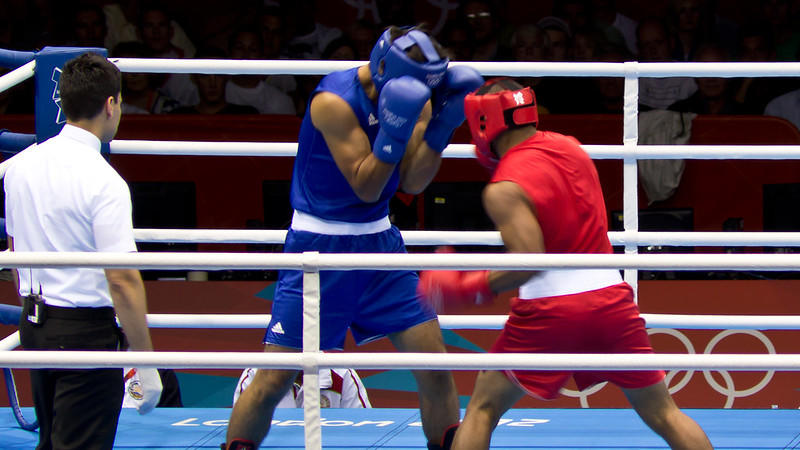
Boxing Footwork
The speed versus power debate is not the only thing boxers and even boxing enthusiasts are passionate about. Another aspect of boxing that garners a lot of discussion is the lower body versus upper body skills. If you listen to commentators narrating a fight, you will often hear how a fighter hits, where the blow lands and whether they are on the defensive or offensive. Occasionally, you’ll hear the word slide, pivot and shuffle, however, unless you know exactly what these terms mean in the boxing world, you may even mistake them for synonyms.
After all, commentators are fond of dramatic synonyms are they not? For instance, an opponent is rarely beaten, instead, they are crushed or even annihilated. On the other hand, the words slide, shuffle and pivot are distinct words that describe typical types of footwork in the ring.
Let’s take a look at these important boxing footwork terms.
- Shuffling means that the boxer takes a quick step up with the leading foot while the lagging foot follows.
- Sliding is when the boxer steps to the side which is left or right in a sideways manner.
- Pivoting describes the footwork of a boxer who stands on the ball of their leading foot while turning their body 180 degrees, to or away from their opponent.
Muhammed Ali was a master slider. He was famous for popping in, landing a punch and popping out so fast that his opponents barely had time to reposition themselves before he landed another jab. In fact, Ali is also an example of a brilliant shuffler too. Bear in mind that while the sport of boxing tends to be focused on punches, it is the footwork that makes the quality of those punches possible. Mastering boxing footwork is critical when learning to box. In fact, your boxing trainer may dedicate several sessions just to the work of shuffling, pivoting and sliding.
One of the benefits of boxing is that you can easily study the greats. Besides the importance of a boxing class, why not study the boxing footwork of the greatest boxers of our time?
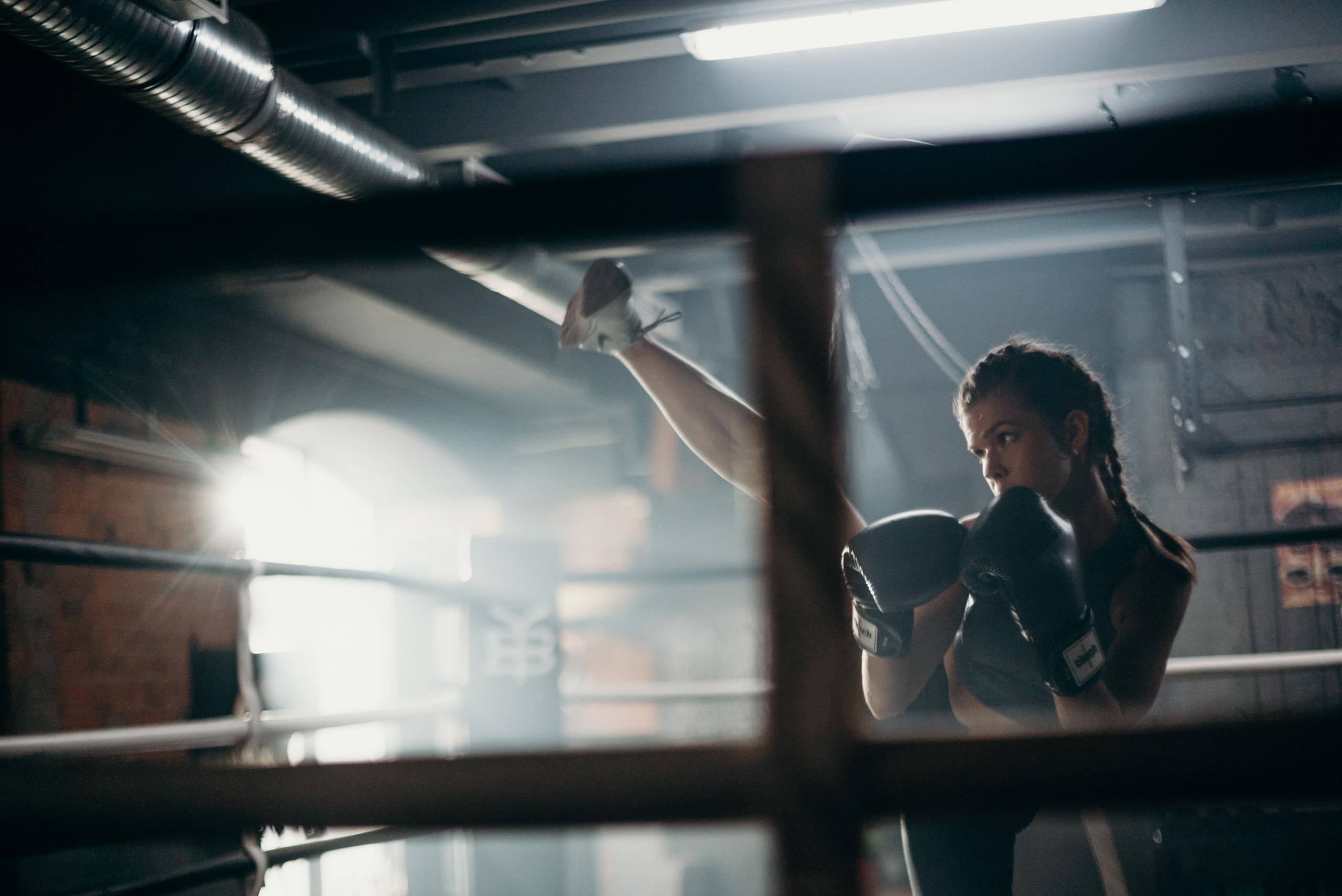
What is Shadow Boxing?
The one crucial activity that is able to tie all of the elements that have been mentioned in this article together, is shadow boxing.
Part of learning means mastering shadow boxing which is also the best way to build up your hand speed. In fact, shadow boxing works better than double-end bags, reflex bags and speed bags. Why? Because punching into thin air removes the obligation to hit a target. Instead, it allows you to remain loose and extend your reach. As opposed to hitting a bag, where you only need to reach as far as the target, shadowboxing will keep you moving longer so that you can improve your footwork.
Your boxing trainer might ask you to throw a few punches in one direction, pivot, throw a few more, slide and then throw a few more. Furthermore, when learning to box, shadowboxing will also help you to coordinate what your feet and upper body are doing.
You will notice that as you begin to move like a fighter, your foot and hand coordination will become automatic. Much like driving a car, these movements will eventually become very natural to you.
One of the benefits of boxing is that you can do so much of your practising at home. Fortunately, you do not need any equipment to shadow box. As long as you have enough space and possibly a large mirror or even videocam set up so that you can watch yourself move, you can shadow box with very little at your disposal.
When watching yourself take note of your stance and your form and continue to correct it as needed. When it comes to becoming the fierce fighter that you want to be, Superprof boxing trainers all agree: most boxers, even professional boxers, do not do nearly enough shadow boxing. To back this up, it is too common for a boxer to go off balance or fail to land a blow because they have lost their ability to loosen up and add speed to their punches. Shadow boxing, will help you to do all of this as well as train you in how to ‘see’ a fight while you are indeed fighting it!
The importance of shadow boxing practice cannot be underestimated, so make sure that you incorporate these important skills when learning to box.
Want to give private lessons?
Join the Superprof community and share your knowledge with inquiring and motivated students.

